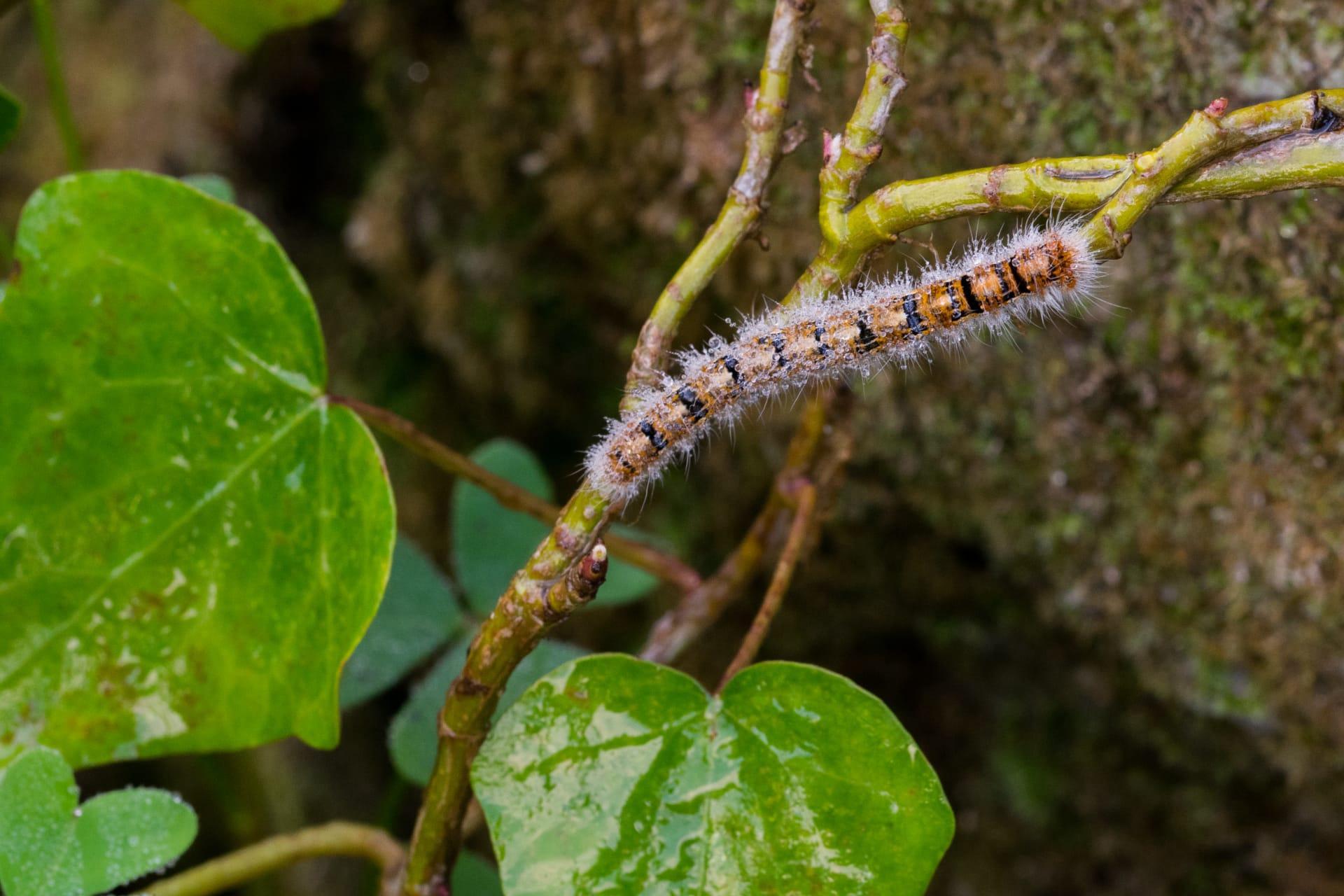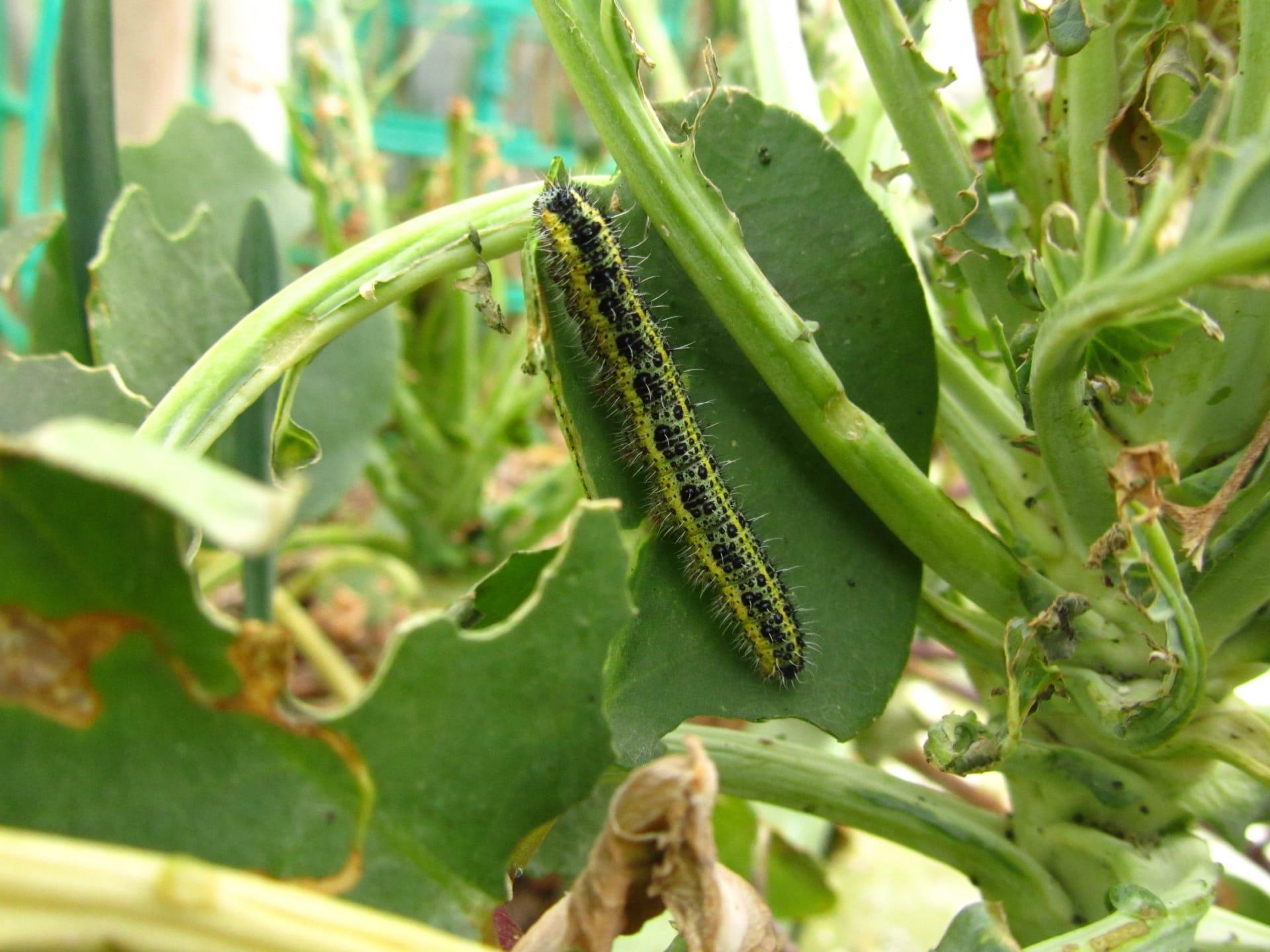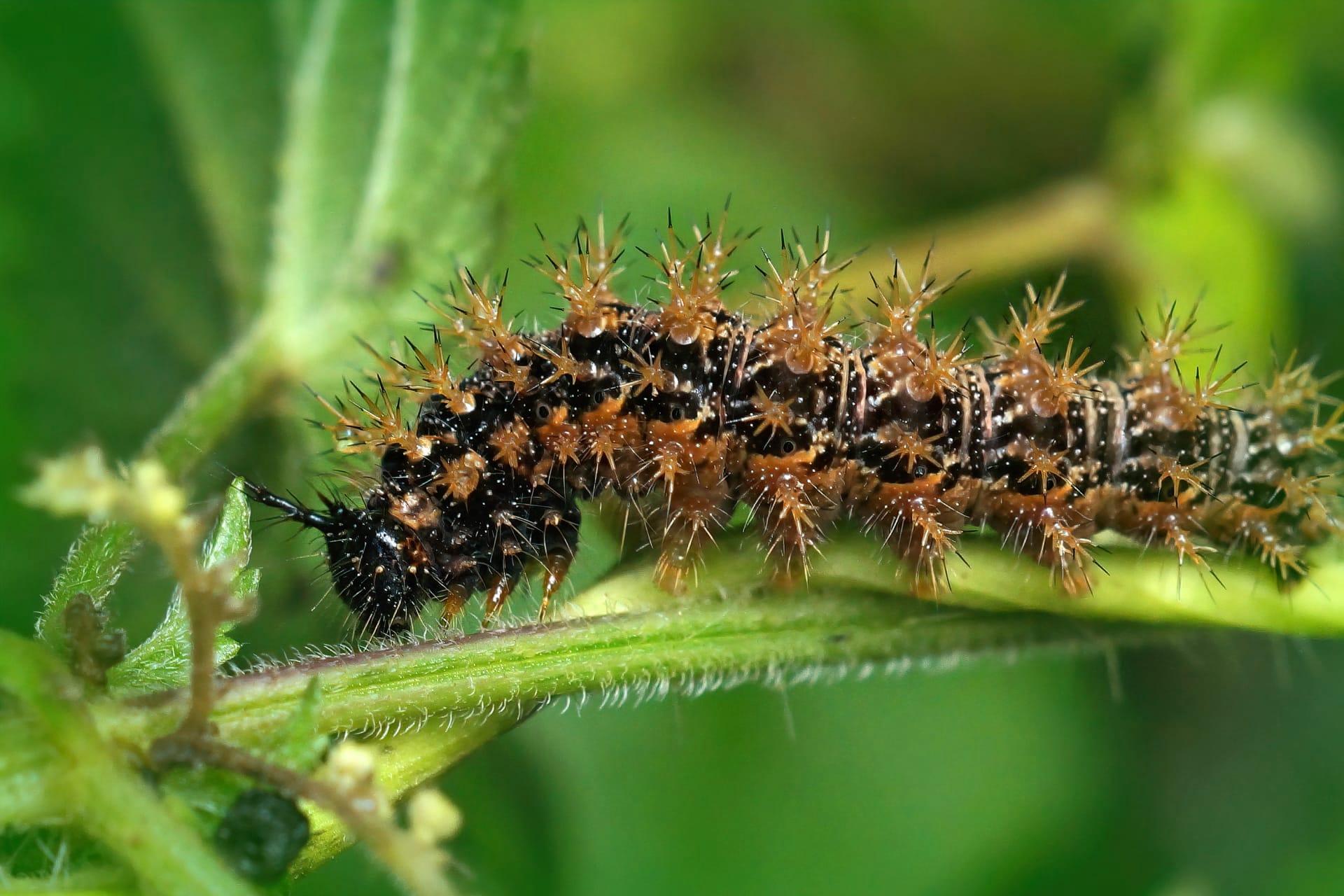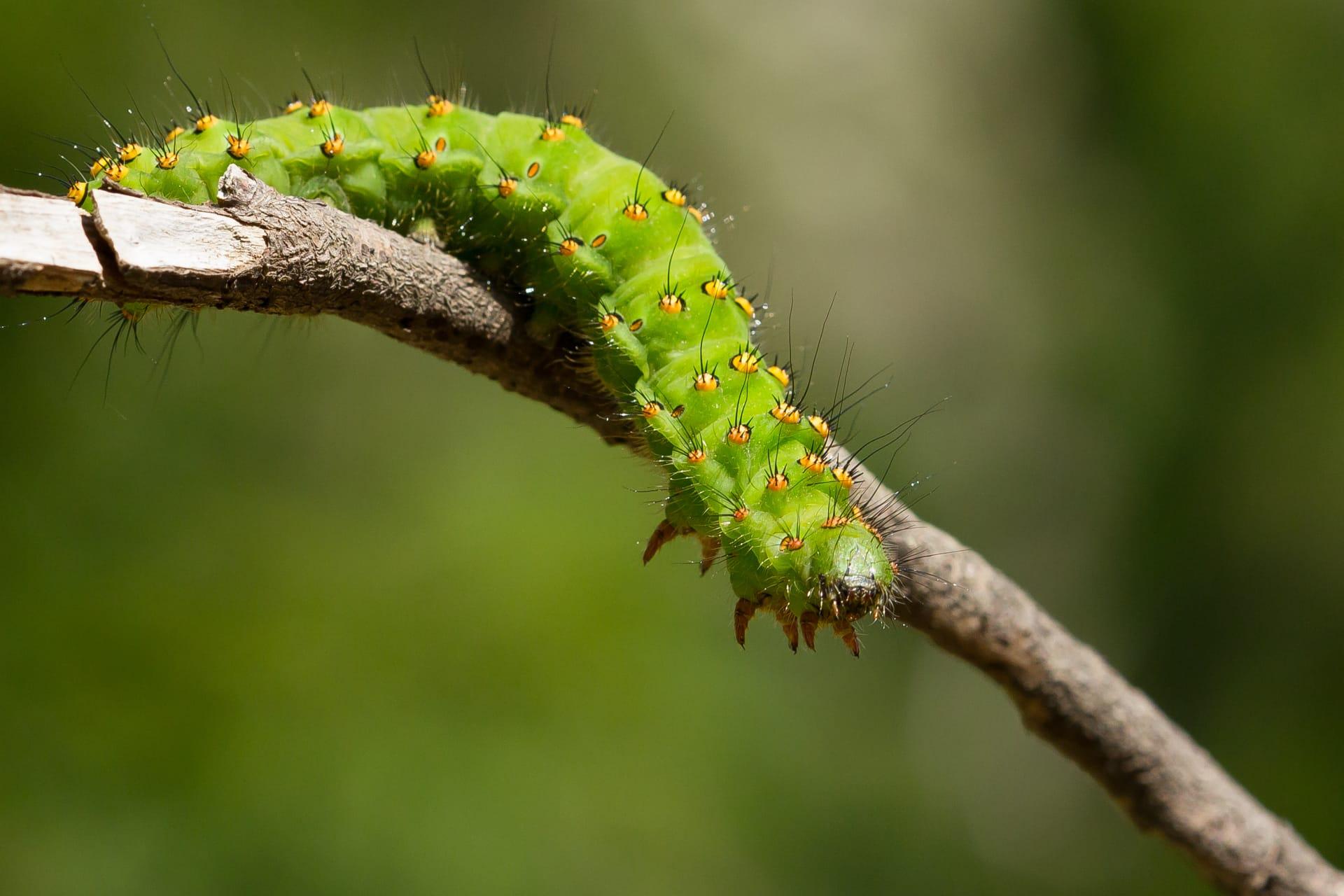1
Caterpillars, the larval stage of butterflies and moths, are known for their voracious appetites. A fascinating fact about them is their ability to eat an enormous quantity relative to their body size. For instance, a Monarch caterpillar can consume an entire milkweed leaf, which is about 5 times its body size, in under 24 hours. This rapid eating is crucial for their growth, as they increase their body mass by nearly 1,000 times before pupating.
Another intriguing aspect is their defense mechanisms. Caterpillars have evolved various methods to protect themselves from predators. The Hickory Horned Devil, one of the largest caterpillar species, reaching up to 5.5 inches in length, has intimidating but harmless spiky protrusions. These spikes, along with its bright coloration, act as a deterrent to predators, making them think twice before considering it as a meal.

2
Caterpillars possess a unique organ called the spinneret, located on their lower lip, which they use to produce silk. This silk is incredibly versatile, serving various purposes such as creating protective shelters, forming cocoons for metamorphosis, or aiding in movement and securing themselves. The silk of a caterpillar is so strong that, on a weight-to-weight basis, it's comparable to steel.
Interestingly, some caterpillars can also be social insects. The Eastern Tent Caterpillar, for instance, is known for its communal living. These caterpillars build large, tent-like silk structures in trees where they live and feed together. This social behavior provides safety in numbers, as their collective movement while foraging can intimidate predators.

3
Caterpillars have an extraordinary ability to transform their bodies during metamorphosis. Before transitioning into a butterfly or moth, they digest themselves, releasing enzymes to dissolve most of their tissues. Specialized groups of cells, known as imaginal discs, survive this process and use the protein-rich soup to fuel the growth of adult structures like wings and legs. This process is one of the most remarkable examples of transformation in the animal kingdom.
Another interesting fact is their impact on the environment. Caterpillars play a significant role in ecosystems as a major food source for various animals, including birds and small mammals. Additionally, their feeding activity can influence plant community composition and structure, making them important agents in their habitats.

4
Some caterpillar species exhibit mimicry as a survival strategy. For example, the Snake Mimic Caterpillar, when threatened, inflates its head and displays eye-like spots, resembling a snake's head. This mimicry can be so convincing that it even fools human observers, providing the caterpillar with an effective defense against birds and other predators.
Caterpillars are also essential for pollination. While they are best known for eating plant leaves, their later forms, as butterflies and moths, play a vital role in pollinating flowers. This is a crucial ecological service, aiding in the reproduction of many plant species and maintaining the health of ecosystems.

5
Some caterpillar species have a symbiotic relationship with ants. The Large Blue Butterfly's caterpillar, for instance, secretes a sweet substance that attracts ants. In return, the ants protect the caterpillar from predators and parasites. In some cases, ants even bring the caterpillars into their nests, offering them a safe haven until they metamorphose into butterflies.
The coloration of caterpillars can be a fascinating display of nature's artistry. It serves not only as camouflage but also as a warning sign to potential predators. For example, the bright and contrasting colors of the Saddleback Caterpillar indicate its toxicity, effectively warning predators of its unpalatable nature. These vivid colors and patterns are a classic example of aposematism, where a species uses conspicuous coloring to warn predators of its defenses.